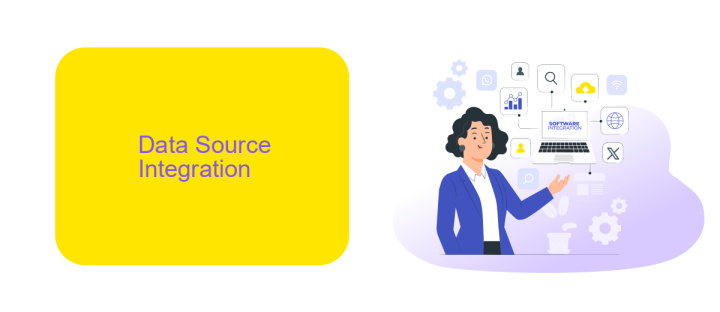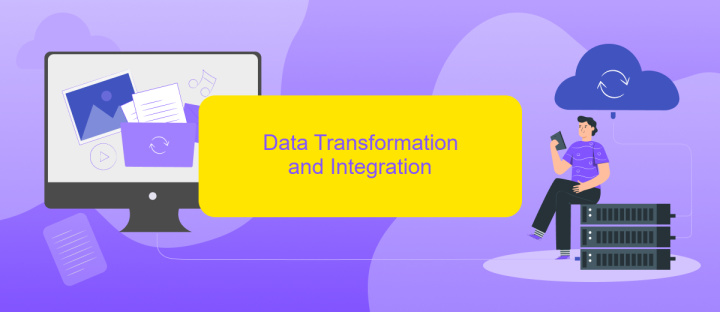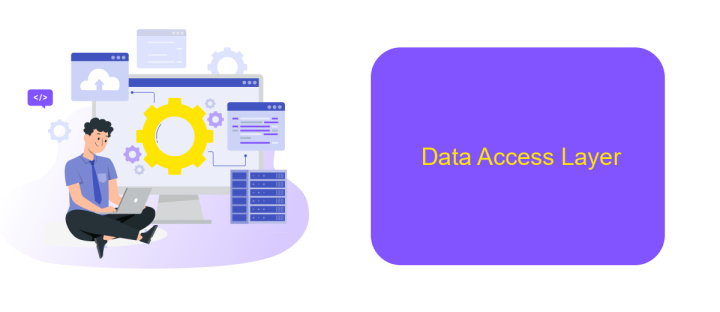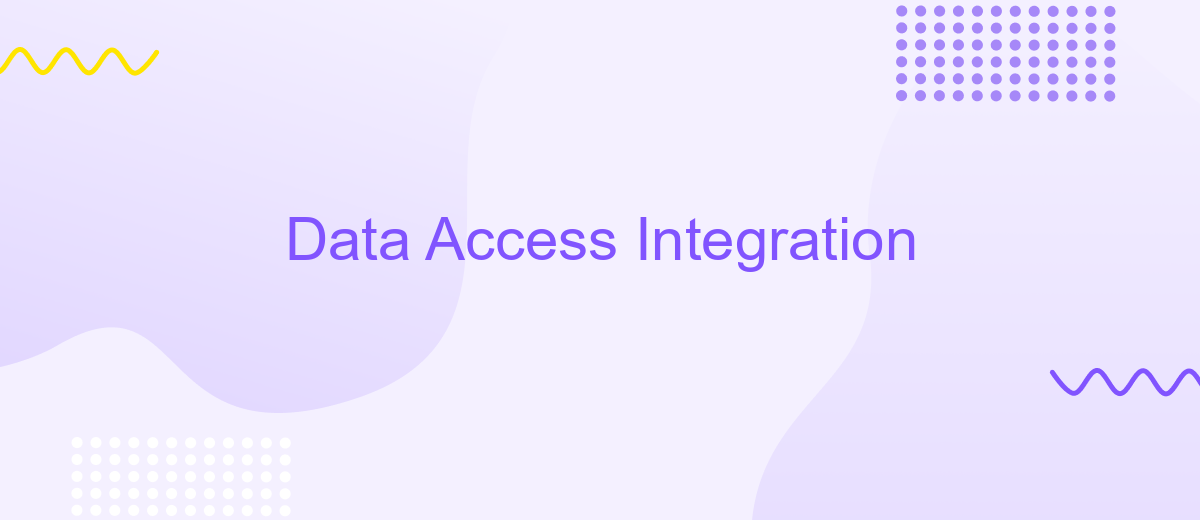Data Access Integration
Data Access Integration is a critical component in modern data management, enabling seamless connectivity and interaction between disparate data sources. By integrating various databases, applications, and platforms, organizations can ensure efficient data flow, enhance decision-making processes, and achieve a comprehensive view of their data landscape. This article explores the key strategies and technologies that drive successful data access integration.
Introduction
Data Access Integration is a critical component in modern business environments, enabling seamless communication and data exchange between diverse systems. The integration process ensures that data flows smoothly, providing accurate and timely information to support decision-making and operational efficiency.
- Streamlined data exchange between disparate systems
- Enhanced data accuracy and consistency
- Improved operational efficiency and decision-making
- Reduced manual data entry and associated errors
One of the tools that facilitate data access integration is ApiX-Drive. This service allows businesses to automate data transfer between various applications, reducing the need for manual intervention and minimizing errors. ApiX-Drive supports a wide range of integrations, making it a versatile solution for businesses looking to optimize their data workflows. By leveraging such tools, organizations can ensure that their data is always up-to-date and readily available across all platforms.
Data Source Integration

Integrating data sources is a critical aspect of modern data management, enabling seamless data flow between disparate systems. By establishing robust connections between databases, APIs, and other data repositories, organizations can ensure data consistency, accuracy, and accessibility. The process typically involves configuring connectors, setting up data pipelines, and employing middleware solutions to facilitate communication between different platforms. Effective data source integration enhances data analytics, reporting, and decision-making capabilities, providing a unified view of organizational data.
One efficient way to achieve data source integration is through services like ApiX-Drive. ApiX-Drive offers a user-friendly interface for connecting various applications and automating data workflows. With its wide range of pre-built connectors and customizable integration options, ApiX-Drive simplifies the setup process, reducing the need for extensive coding and technical expertise. By leveraging such tools, businesses can quickly integrate their data sources, streamline operations, and focus on deriving actionable insights from their data.
Data Transformation and Integration

Data transformation and integration are crucial steps in ensuring that data from various sources can be effectively utilized within a unified system. By transforming data into a consistent format, organizations can streamline their workflows and achieve better data quality. Integration involves combining this transformed data into a centralized repository, allowing for more efficient data management and analysis.
1. Extract data from multiple sources.
2. Transform data into a consistent format.
3. Load data into a centralized system.
4. Utilize tools like ApiX-Drive for seamless integration.
Using services like ApiX-Drive can significantly simplify the integration process. ApiX-Drive allows for automated data transfers between different applications, reducing the need for manual intervention and minimizing errors. This not only saves time but also ensures that data remains up-to-date and accurate across all platforms. As a result, businesses can make more informed decisions based on reliable data.
Data Access Layer

The Data Access Layer (DAL) is a crucial component in any application, serving as the intermediary between the application and the database. It abstracts the underlying data sources and provides a consistent way to access and manipulate data. This separation of concerns enhances maintainability and scalability, allowing developers to focus on business logic without worrying about data storage details.
Implementing a robust DAL involves several key considerations. These include handling database connections efficiently, managing transactions, and ensuring data integrity. Additionally, error handling and logging are vital to diagnose and resolve issues promptly. A well-designed DAL can also improve application performance by optimizing data retrieval and updates.
- Efficient database connection management
- Transaction handling and data integrity
- Error handling and logging
- Optimized data retrieval and updates
To simplify the integration of various data sources, services like ApiX-Drive can be utilized. ApiX-Drive offers a user-friendly interface for configuring data integrations, reducing the complexity of connecting different systems. By leveraging such services, developers can streamline the data access process, ensuring that the application remains flexible and adaptable to changing requirements.
Data Access Integration Architecture
Data access integration architecture is a critical component in modern enterprise systems, ensuring seamless communication between disparate data sources and applications. This architecture typically involves a combination of middleware, APIs, and data connectors that facilitate the flow of information. A well-designed integration architecture not only enhances data accessibility but also improves data consistency and reliability across various platforms. Key elements include data mapping, transformation, and synchronization processes that ensure data integrity while minimizing latency and redundancy.
One effective tool for achieving robust data access integration is ApiX-Drive. This service provides a user-friendly interface for configuring and managing integrations between numerous applications and data sources. ApiX-Drive supports a wide range of APIs and pre-built connectors, making it easier to automate data workflows and reduce manual intervention. By leveraging such tools, organizations can streamline their data integration processes, leading to more efficient operations and better decision-making capabilities. The flexibility and scalability of ApiX-Drive make it an ideal choice for businesses looking to enhance their data integration architecture.
FAQ
What is Data Access Integration?
Why is Data Access Integration important for businesses?
How can I automate Data Access Integration?
What are the common challenges in Data Access Integration?
What should I look for in a Data Access Integration tool?
Routine tasks take a lot of time from employees? Do they burn out, do not have enough working day for the main duties and important things? Do you understand that the only way out of this situation in modern realities is automation? Try Apix-Drive for free and make sure that the online connector in 5 minutes of setting up integration will remove a significant part of the routine from your life and free up time for you and your employees.

